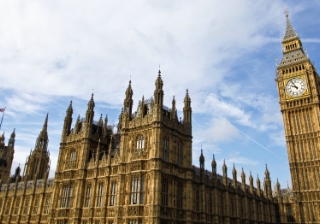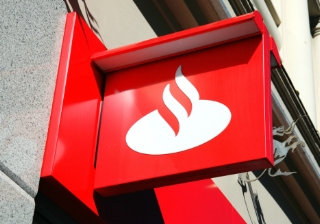How do we ramp up delivery of new homes?
Trudy Woolf, director of lender services at e.surv, looks beyond the policy and planning announcements to the opportunity for modern methods of construction.

"To deliver at scale, the government will need to embrace modern methods of construction as way to achieve their targets. "
The government have set out steps to help invigorate and support the housing industry. Their proposal is to deliver 1.5 million homes over the next five years by releasing grey belt land to support the future housing delivery of these homes.
We will need to see a commensurate increase in investment in trades to support this. But post pandemic and Brexit, there are challenges around labour skills shortages. A move towards employing modern methods of construction (MMC) and more innovative forms of construction could plug this gap.
But there are issues. With the recent announcement that Top Hat will look to wind down its factory operation near Derby, it’s unfortunate that we see another factory close its doors. Why have we not seen modular forms of construction really take off in this country? As with other factories' demise, they blame the challenging market environment and lack of future pipeline to see any meaningful future to keep the production lines moving. It takes a huge amount of investment to get one of these factories underway and the returns are not quick or guaranteed if the housing market softens. Small wonder investors see opportunities elsewhere.
Yet, to deliver at scale, the government will need to embrace modern methods of construction as way to achieve their targets. This injection of capacity into the logistics of house building, along with reform of the National Policy Planning Framework to address the issues with the current broken planning system, is a key piece of the puzzle.
It was reported in the latter part of last year that Bellway, a major UK housebuilder, is setting up a timber framed production facility with its first homes expected to be produced in two years’ time. The company intends to increase the use of timber frame from 12% to 30% of housing which will support the delivery of high quality sustainable new housing we need. Bellway expects to produce its first homes from the facility in mid-2026, with a gradual increase to full capacity of up to 3,000 homes per annum by 2030.
But the demands on delivery will be far more considerable than this. Labour’s manifesto promised ‘a new generation of new towns, inspired by the proud legacy of the 1945 Labour government’. They also announced plans to establish a New Towns Taskforce to draw a list of potential sites and to draw up a ‘new towns code’. Any new towns proposal will need to include an element of affordable homes (the gold standard is 40%) to help those who cannot currently afford to get onto the housing ladder. Developers will look to MMC components to ensure these homes are part of a financially viable operating model.
The Taskforce has stated that each new town will have at least 10,000 homes and the government has set expectations that the new towns must be ‘well-connected, well-designed, sustainable and attractive places to live’ with supporting infrastructure, amenities and services.
It seems that Labour is focusing on shaping new communities and delivering homes that are fit for the future.
Breaking news
Direct to your inbox:
More
stories
you'll love:
This week's biggest stories:
Budget
Budget: Government introduces mansion tax on high-value homes

Budget
Budget: Government introduces £2,000 salary sacrifice cap

Lifetime Isa
Budget: Lifetime ISA to be scrapped in favour of new first-time buyer ISA

Budget
Budget: Property income tax to rise by 2%

FCA
Firms required to report complaints involving vulnerable customers under simplified FCA rules

Santander
Santander joins mortgage price war with new rates from 3.51%
